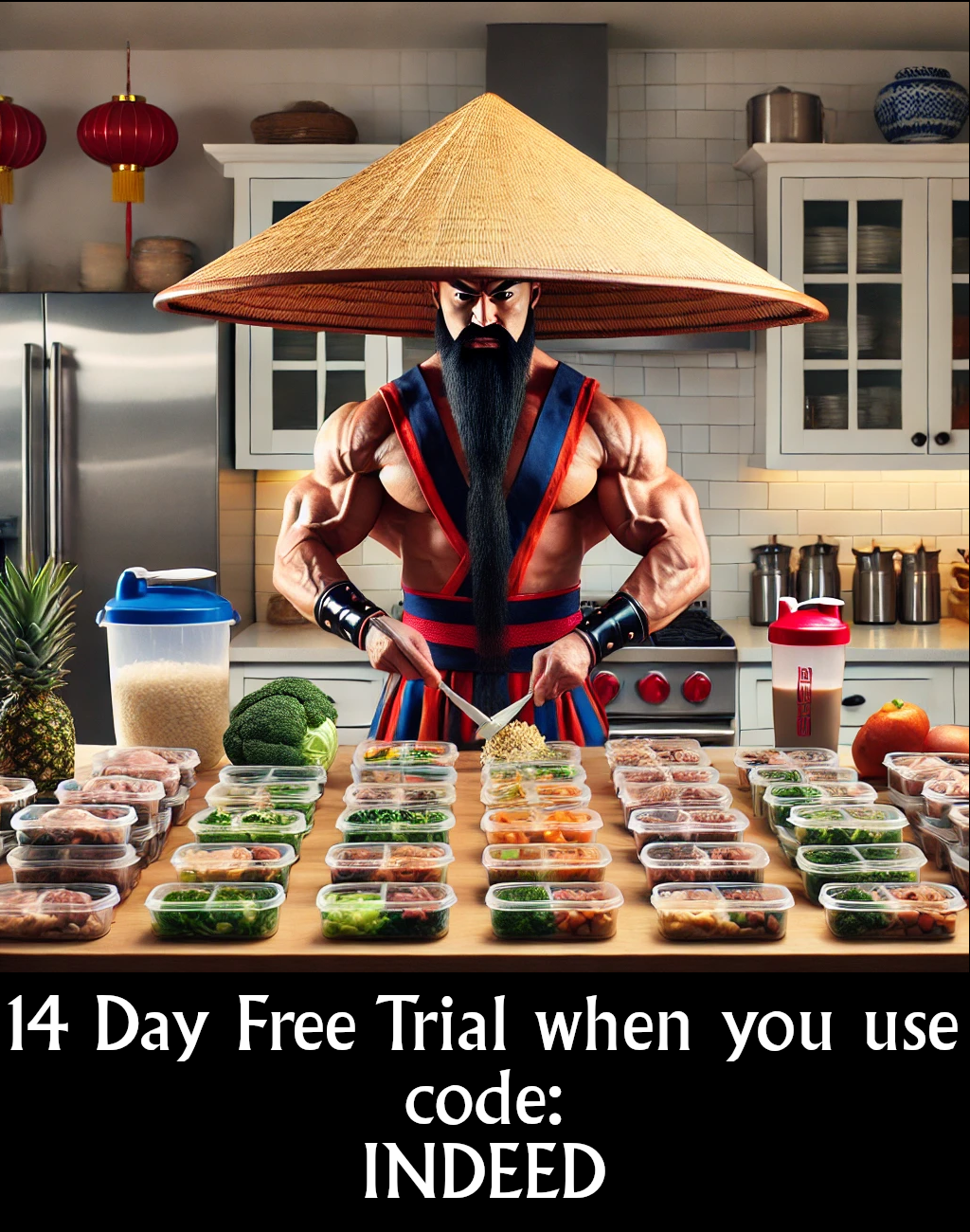Understanding Protein Sources: The Case for Pork Rinds
Alright, folks, let’s gather ‘round the campfire for a little tale about protein. Now, if you’ve ever been stuck on a rig in the middle of the night with nothing but your own thoughts and a bag of pork rinds, you might start to ponder the mysteries of the universe. Or, if you’re like me, you start to wonder just what kind of protein punch those crispy little devils pack. Lucky for you, ol’ Jack Burton is here to guide you through this crunchy conundrum with a little help from my buddy Rob Shoecraft over at Three Storm Fitness.
The Crunchy Myth of Protein Power
First off, let’s get something straight – pork rinds are not just a snack, they’re an experience. Rob’s been known to kick back on his couch munching on these things like they’re going out of style. But here’s the kicker: pork rinds aren’t exactly the protein powerhouses you might think they are. They’ve got that 8 grams of protein per serving, sure, but according to the FDA’s gold standard – the PDCAAS (that’s Protein Digestibility Corrected Amino Acid Score for those playing along at home) – they don’t quite hit the mark.
Now, I know what you’re thinking. “Jack, how can they not be a significant source of protein?” Well, buddy, it all comes down to the amino acid profile. See, pork rinds are pretty much just fried collagen, and while collagen’s got its benefits, like joint and skin health, it’s not the best when it comes to muscle-building protein. The PDCAAS score for these crispy critters is so low, it might as well be zero. But don’t you worry, just because they’re not packing protein like a steak doesn’t mean they’re worthless.

Ready to revolutionize your fitness journey? MacroFactor, Google Play's “Best Everyday Essential” of 2024, offers dynamic macro tracking and personalized nutrition coaching faster than MyFitnessPal. Unlock your potential and take the first step toward your goals today!
Use code INDEED at sign-up for a 14-day free trial. Learn more about MacroFactor.
The Science Behind the Snack
So why do pork rinds fall short on the protein scale? It’s simple, really. The FDA uses cow’s milk as their protein scoring yardstick – a full 1.0 on the PDCAAS scale. Your average pork rind? Well, it doesn’t quite measure up. The reason is that pork rinds, being mostly collagen, lack a complete amino acid profile. They might help your skin glow and your joints rock, but when it comes to bulking up, they’re not the go-to choice.
Rob Shoecraft breaks it down like this: “You’ve got your amino acids – the building blocks of protein. Not all foods have the right mix for muscle building.” It’s like trying to build a house with a bunch of nails and no hammer. You’ve got some of what you need, but not the whole toolbox.
The FDA, PDCAAS, and You
Now, you might be wondering why the FDA is all hush-hush about calling pork rinds a protein source. Well, if a food’s PDCAAS score dips below 0.2, it has to carry the label “not a significant source of protein.” It’s a regulation thing, folks, not a reflection of your taste in snacks. And Rob – he’s not a fan of relying solely on PDCAAS either. He’s more about mixing things up, getting your protein from a variety of sources, and not sweating the small stuff.
Look, when it comes down to it, the PDCAAS isn’t the only game in town. You’ve got the BV score – that’s Biological Value – which measures how efficiently your body uses the protein. Rob suggests looking at both scores to get a fuller picture, and wouldn’t you know it, eggs come out on top here. But the lesson is, don’t put all your eggs – or pork rinds – in one basket.
A Balanced Approach to Protein
So what’s a pork rind lover to do? Well, don’t throw those snacks out the window just yet. Even if they’re not the protein powerhouses you dreamed of, they’ve got their place in a balanced diet. Mix and match your protein sources – like getting a little steak, some eggs, maybe even some soy if you’re feeling adventurous. The key is variety. That way, you’re covering all your bases and not missing out on any essential amino acids.
Rob likes to say, “Just as a general rule of thumb, mix it up.” And if there’s one thing ol’ Jack Burton knows, it’s that a little variety keeps life interesting. So go ahead, enjoy your pork rinds, but don’t rely on them to build biceps that could crush a can.
Conclusion: The Road Ahead
In the end, it’s all about balance, folks. As much as I love a good pork rind, I know it’s not the only thing keeping me in fighting shape. Take it from a guy who’s seen it all – mix up your proteins, keep your amino acids in check, and let your taste buds have a little fun along the way. And if you ever find yourself in a bind or need a little fitness wisdom, give Rob Shoecraft a holler. He’s got the insights to keep you on track, whether you’re lifting weights or lifting snacks.
Remember, life’s a journey, and sometimes that journey leads you to pork rinds. Just don’t forget to pack a little extra protein along the way. After all, you never know when you’ll need to flex those muscles or charm your way out of a tight spot. So, keep trucking, stay strong, and enjoy the ride – crispy snacks and all.

